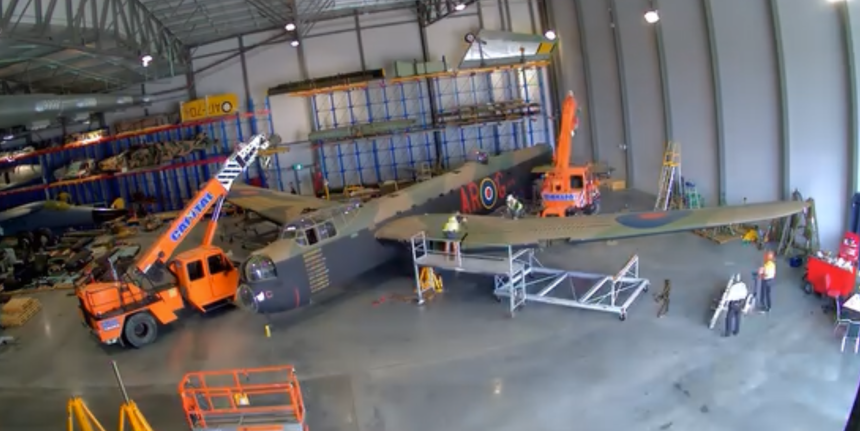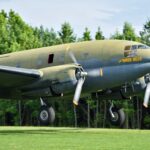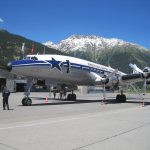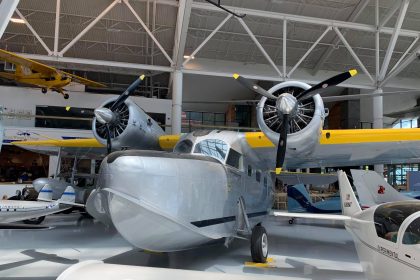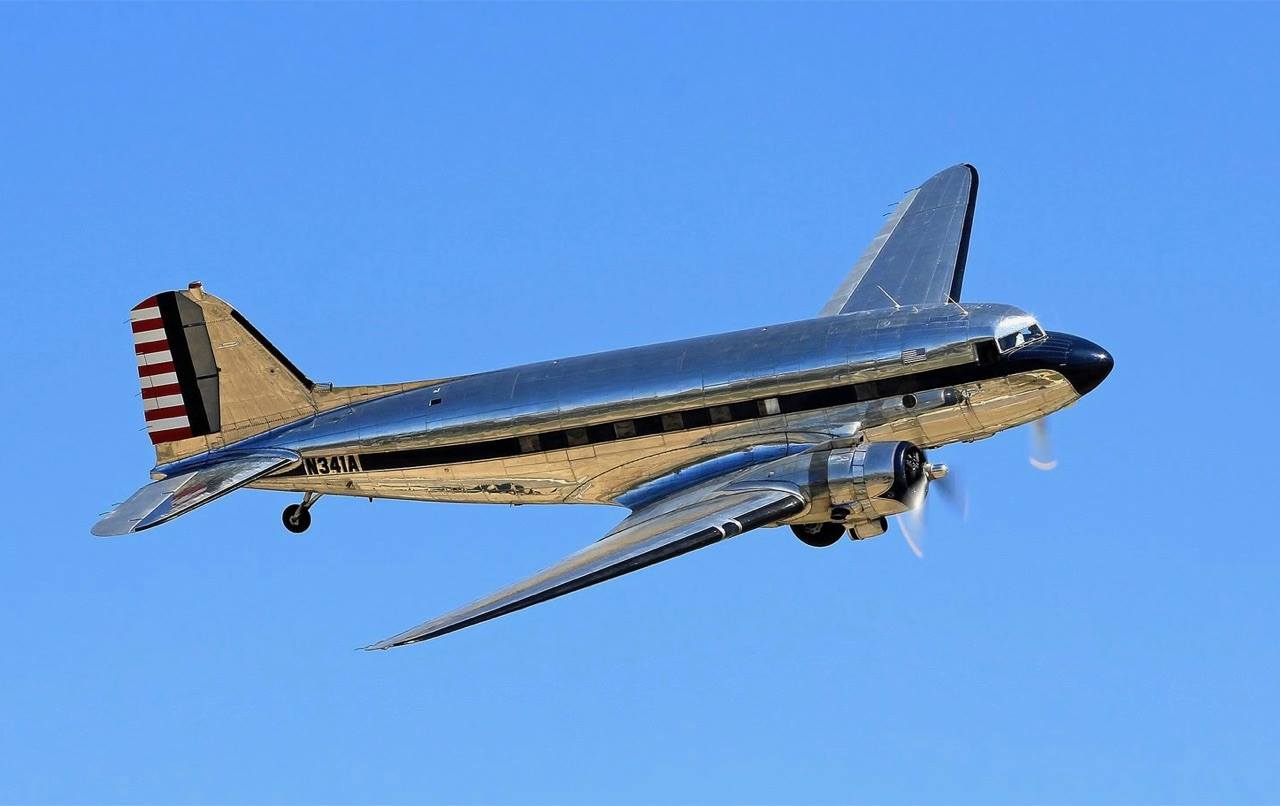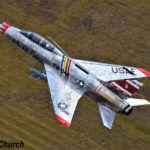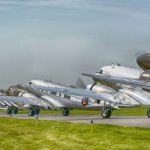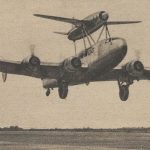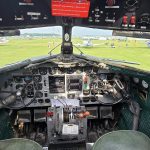The iconic Avro Lancaster G for George is undergoing careful disassembly at the Treloar Technology Centre, the Australian War Memorial’s conservation facility, in preparation for its relocation to the newly expanded Anzac Hall.
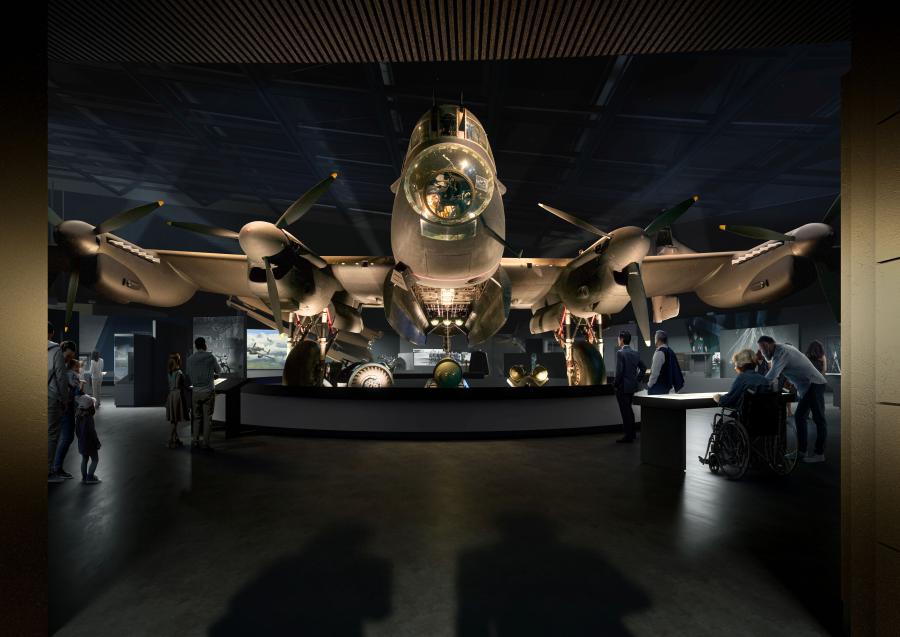
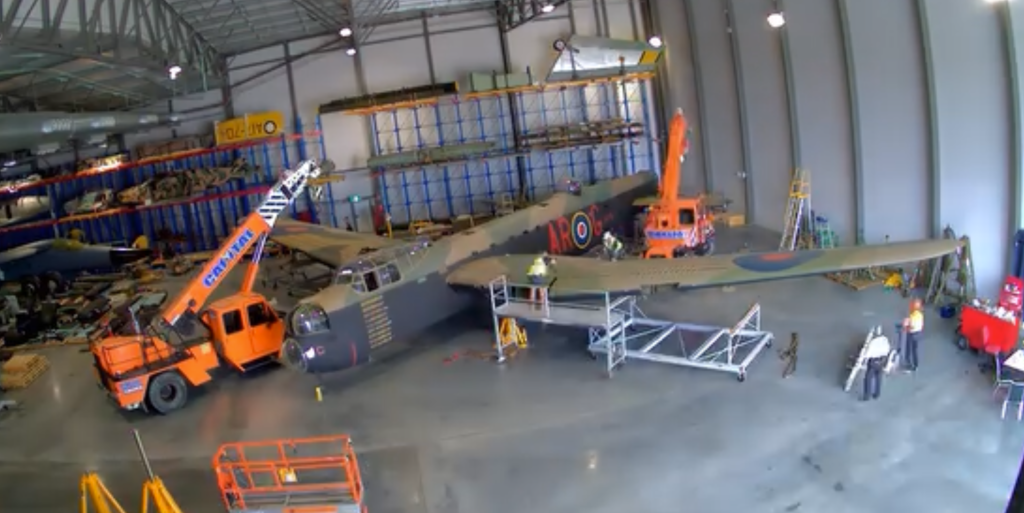
Designed by Cox Architecture, the new Anzac Hall and Anzac Atrium will add 6,500 square meters of gallery space across two levels, allowing visitors to experience a wider range of historical artifacts from the National Collection. Among the newly accessible exhibits are a German V2 Rocket and Meillerwagen, a C-130 Hercules cockpit, an RF-111, and a CH-47D Chinook.
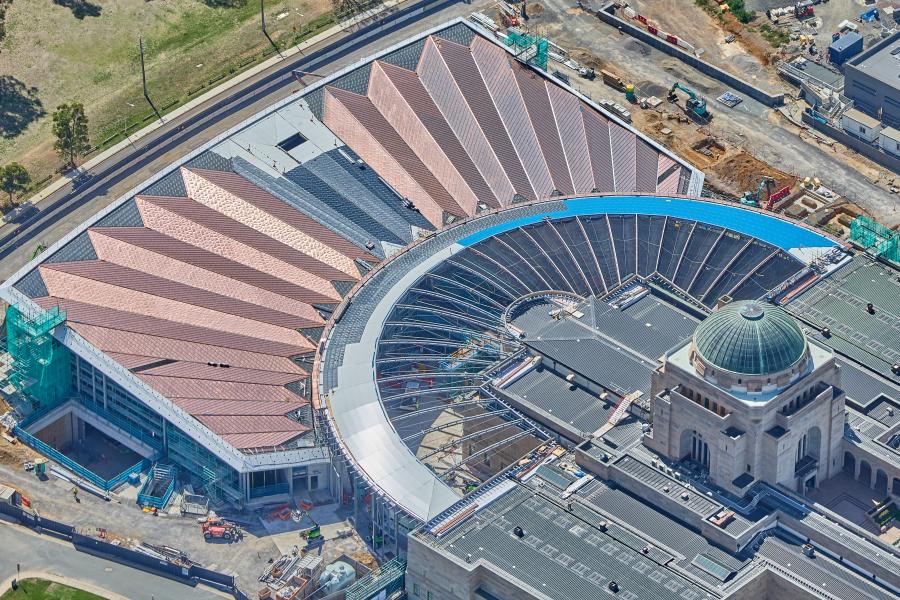
This aircraft was part of a 1940 order for 400 Lancaster B Mk I and Mk III bombers. It was delivered to No. 460 Squadron RAAF on 27 October 1942 and assigned the call sign “G” for George. During its service with the squadron, it completed approximately 90 operational missions with 27 different crews. Among the primary crews, Flight Sergeant (Flt Sgt) J. A. Saint-Smith and Flt Sgt J. Murray each flew 13 missions, Flying Officer Henderson completed 10, and Pilot Officer H. Carter led 21. One of its longest missions, lasting 10 hours and 9 minutes, was flown to La Spezia, Italy, on 13 April 1943. “G for George” flew its final combat mission on 20 April 1944, targeting Cologne, Germany. By the time of its retirement, it had completed more operations than nearly any other aircraft in RAF Bomber Command. In June 1944, the Department of Air designated the aircraft for war museum preservation. Following an extensive overhaul, it departed for Australia on 11 October 1944, flown by an all-Australian crew led by Flight Lieutenant E. A. Hudson, DFC and Bar. It arrived in Brisbane, Queensland, on 8 November 1944 and was formally received the next day by No. 3 Aircraft Depot, Amberley, where it was registered as RAAF A66-2. Source: Australian War Memorial.

In 1945, the aircraft toured the eastern states of Australia as part of the Third Victory Loan campaign. Ultimately, it was declared surplus and transferred to the Australian War Memorial, where it remains preserved as a significant piece of aviation history. Upon completion of the expansion, G for George will return as the centerpiece of the Australians in Bomber Command exhibit on the upper level of Anzac Hall. Other notable displays will include the Sydney-Emden battle of 1914, the Battle of Milne Bay, Sydney Harbour Under Attack, and Kandahar Workhorse.
Currently housed at the Treloar Technology Centre, G for George is being carefully preserved to ensure its safe transport. This meticulous conservation effort will allow future generations to appreciate its history when it returns to public display in 2026 as part of an enhanced permanent exhibition honoring Australians in Bomber Command. For more information about the Australian War Memorial, visit www.awm.gov.au.







